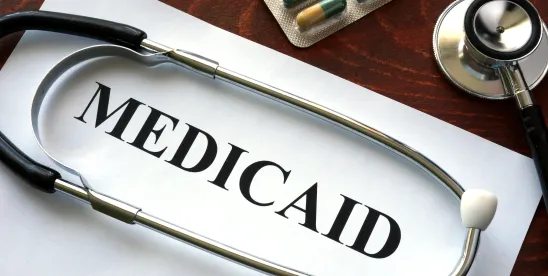As The Centers for Medicare & Medicaid Services (CMS) builds its Medicaid pharmacy survey tools as required by the One Big Beautiful Bill, one significant gap could weaken its ability to set fair and accurate reimbursement benchmarks: the lack of visibility into 340B drug pricing.
The 340B Drug Pricing Program allows eligible healthcare providers—often safety-net hospitals and clinics—to purchase outpatient drugs at steep discounts from manufacturers. These savings are intended to help providers stretch scarce federal resources and expand access to care. However, when 340B-discounted drugs are used in Medicaid, the lack of transparency can complicate efforts to ensure proper reimbursement and compliance with federal rules.
Adding 340B data to these surveys is not just technically feasible – it is fiscally necessary. The Medicaid program is going to rely on data-driven oversight to confirm reimbursement levels match actual acquisition costs. But without identifying when a drug was purchased through the 340B program, CMS risks comparing apples to oranges – mixing steeply discounted acquisition prices with standard market costs.
The Medicaid statute prohibits duplicate discounts; manufacturers must not be asked to pay a rebate on a drug already sold at a 340B discount. But in practice, tracking these transactions – particularly in managed care – remains elusive. A 2020 report from the HHS Office of Inspector General found 56% of audited covered entities were unable to prevent duplicate discounts entirely. Many states lacked tools to identify 340B claims at the point of billing, and data-sharing gaps between pharmacies, PBMs, and state agencies made oversight difficult.
The newly required pharmacy surveys offer a practical opportunity to close this gap.
Three Ways CMS Could Incorporate 340B Data
1. Ask Directly in Surveys
CMS could require pharmacies to indicate whether the drug was acquired through the 340B program, creating a clean dataset for analysis without relying on assumptions.
2. Infer 340B Status Indirectly
If CMS prefers to avoid directly asking about 340B status directly, it could still collect acquisition cost by NDC and payer, then cross-reference this information with public HRSA data on contract pharmacy locations. Outlier pricing patterns and location matches would help flag likely 340B claims.
3. Report Separately
CMS could report 340B and non-340B acquisition costs separately, maintaining transparency while respecting confidentiality or state-specific sensitivities.
Minnesota’s recent audit provides a rare glimpse into the extent of 340B activity in Medicaid. In 2023, the state’s Medicaid programs generated approximately $87 million from the 340B revenue – about 14% of the state’s total net 340B earnings. Contract pharmacies and administrators alone generated over $120 million in independent revenue. These numbers support what many already believe: Medicaid plays a significant role in the 340B program, but the system lacks tools to track its impact effectively.
If CMS’s goal is to build data-driven Medicaid payments system, it must include 340B data in its pharmacy surveys. Without this information:
• Medicaid may overpay for drugs acquired at deep discounts;
• Manufacturers may be improperly billed for rebates;
• States and CMS remain blind to a growing financial force within Medicaid.
In short, CMS can’t manage what it doesn’t measure, as the agency overlooks a significant driver of Medicaid pharmacy activity — and risks compromising both fiscal oversight and program integrity.




 />i
/>i
